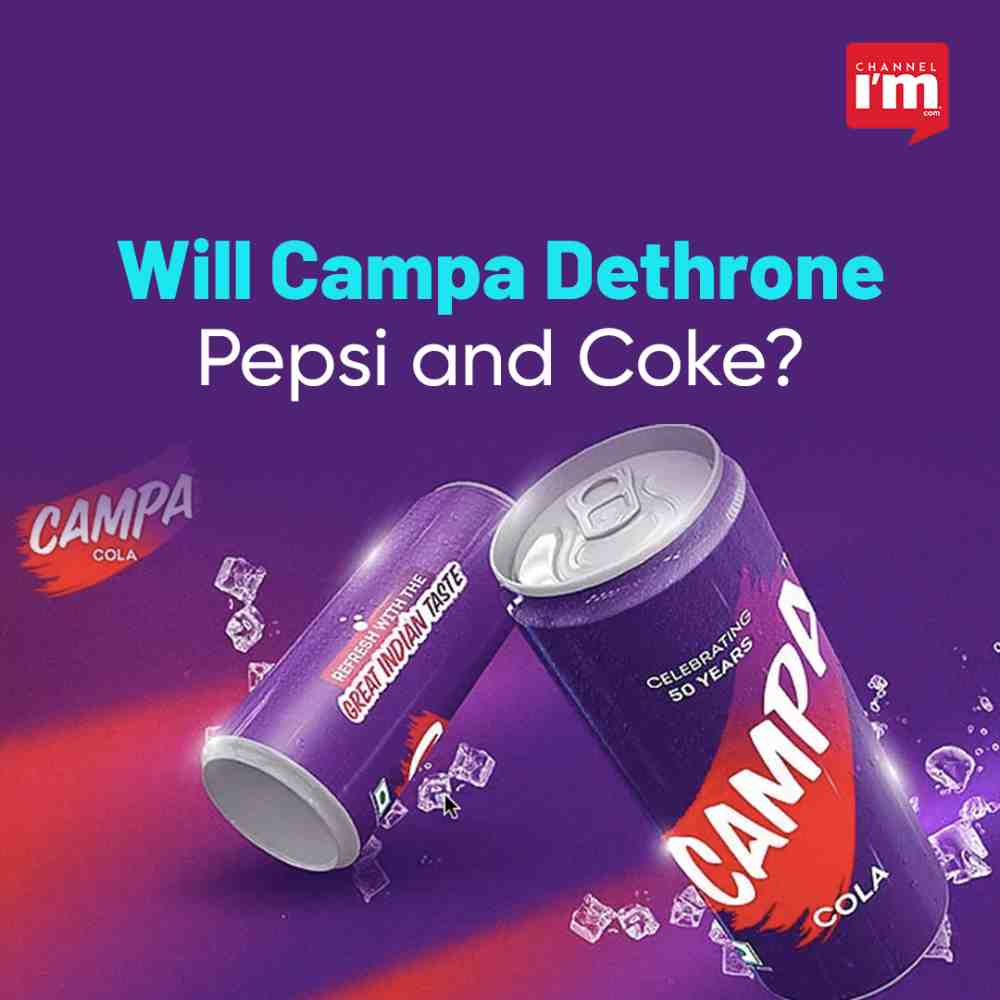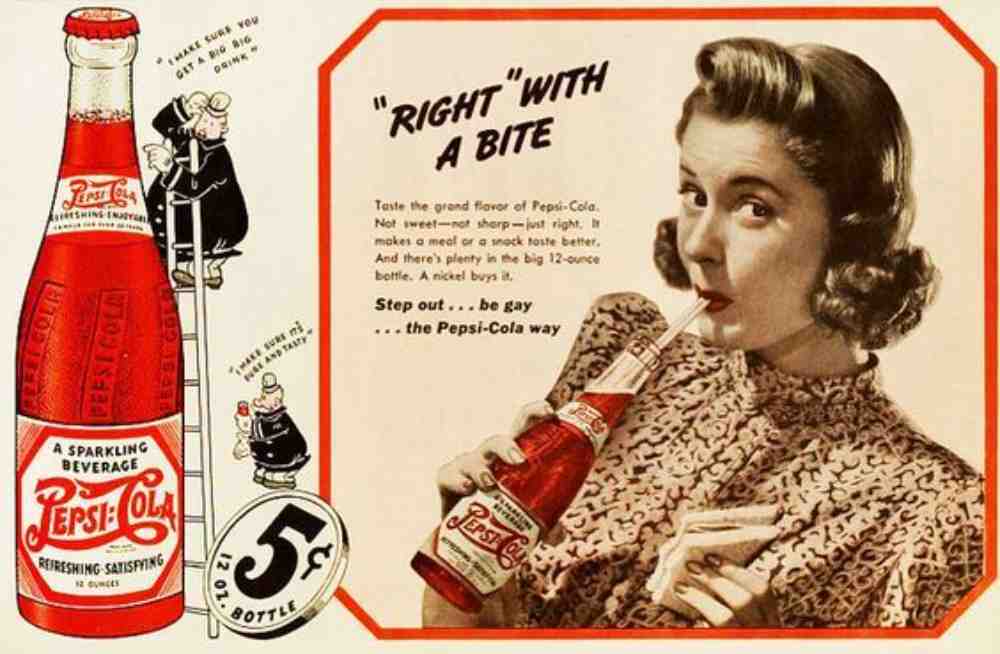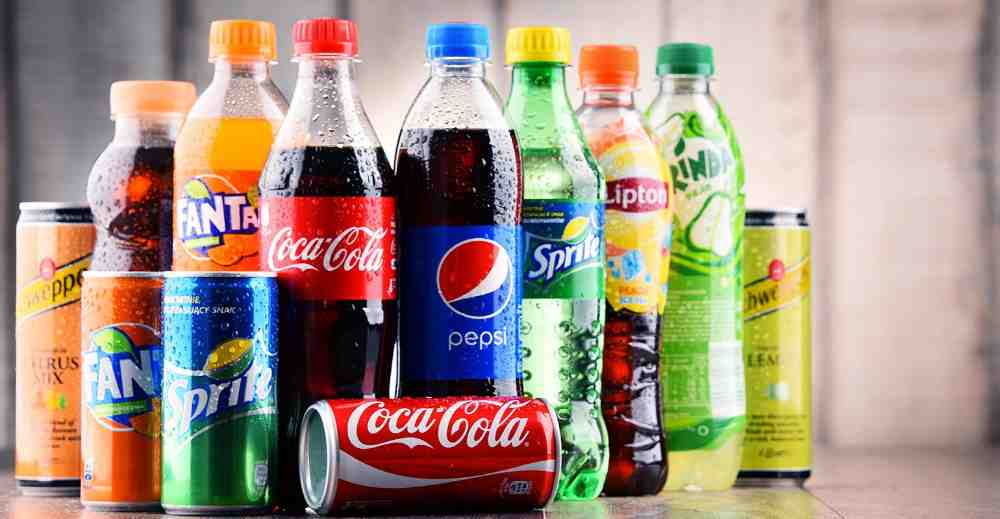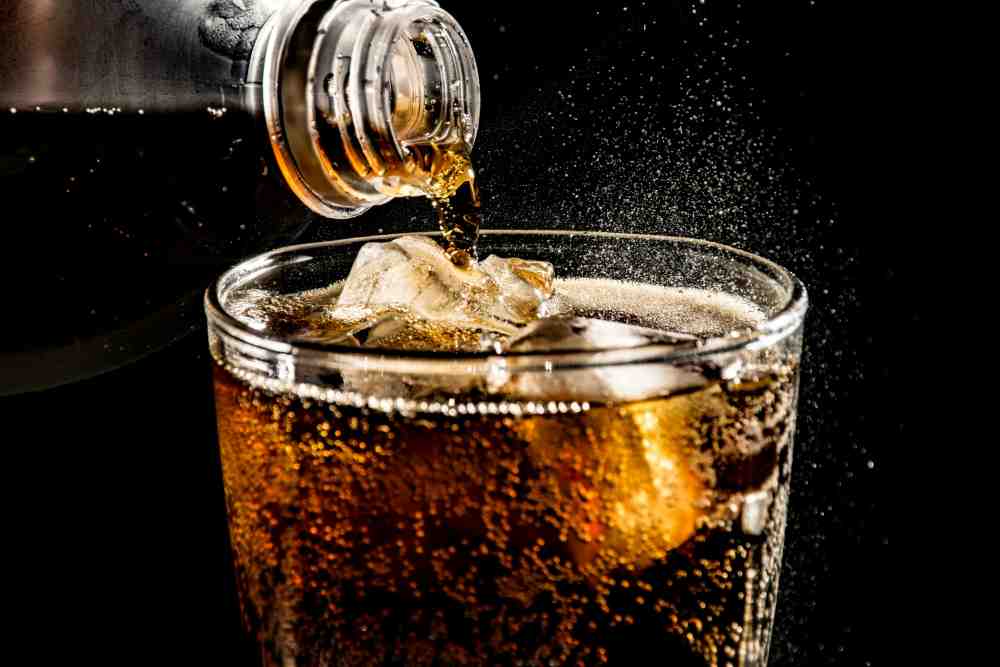There isn’t a single youngster in India that doesn’t cherish the popping sound of a Pepsi can opening. Not only does it invoke nostalgia, but arouses fond memories of all the get-togethers and happy occasions we’ve experienced in the springtime of life.
The fizz and foam of Coke and Pepsi are so etched in our memories that it is hard to think of another brand when we hear the term ‘Cola’.
However, in the early 1970’s, Campa – an exclusively Indian brand – was able to dominate the carbonated drinks segment for a brief period, thanks to government policy that prevented the entry of these American behemoths.
And here it is, making a comeback, after nearly half a century, to reclaim its spot among the top contenders.

Bold Claims
Since Campa Cola is now owned by Reliance Consumer Products (RCPL), the fast-moving consumer goods arm and subsidiary of Reliance Retail Ventures (RRVL), it’s proponents are already drawing the longbow by stating that Campa could easily do to Coke and Pepsi what Jio did to its competitors.
Although it isn’t exactly beyond the realms of reason, it is a mission Reliance will take an eternity to accomplish.

For one, Campa first captured the market in the mid 1970’s when Coke and Pepsi were not even in the picture. So gaining and maintaining the top spot then, was merely a walk in the park. The minute Campa started facing stiff competiton from Coca-Cola and PepsiCo about a decade and a half later, it’s popularity withered away.
Secondly, people don’t just shift preferences based on price. When it comes to food, factors like trust, taste, and thoughtful marketing plays a massive role.
In Campa’s defense, however, India is an extremely price-sensitive market; so a steep reduction in price coupled with heavy advertising and a strong supply chain may be good enough to trigger a slight shift in preference.
Remember when Pepsi successfully challenged Coca-Cola by offering a 12-ounce bottle for nearly half the price, right in the aftermath of the Great Depression?
The broken, price sensitive market rewarded Pepsi with so much success that it nearly saved them from the verge of bankruptcy.

Truth be told, Reliance can afford to play a similar game.
But the fact that they are competing with Pepsi and Coke, who are masters of strategy themselves, makes accomplishing it really hard. Besides, the story of the Reliance-backed telecom giant Jio annihilating competition in 2016 had sent shockwaves across the world that Coca Cola and Pepsico will keep a beady eye on Campa every step of the way.
The Taste Factor
The other most obvious way to win a customer is by offering dominant taste. But can an Indian company even remotely challenge authentic western taste?
Sounds unlikely, doesn’t it? Well, here’s what the statistics say.
Thums up, a uniquely Indian brand (now owned by Coca-Cola), remains to be the most popular cola brand in India even today, with a 1 billion dollar valuation and a whopping 20 percent market share.
India’s very own Maaza consistently ranks no.1 in the mango flavored soft drinks segment, while Limca – another Indian brand – holds the top spot in the lemon flavored drinks category.
In fact, if you average the annual sales of Maaza and Limca (FY 2021), it will still tower over Coke.
So the argument that an Indian company is no match for Pepsi or Coke’s taste falls flat on its belly.

Underexplored Market
India is without doubt a fertile ground for cola companies. High population, burning hot summers, a rapidly growing middle class, growing access to high-speed internet, rising affordability and urbanization; all factors point towards one word – Potential.
But contrary to popular belief, India’s soft drinks market is largely underexplored. While mature markets such as the United States and Mexico have a per capita consumption of nearly 1500 bottles, India still stands at a paltry 84.
Research suggests that our non-alcoholic beverages market is expected to expand at a compound annual growth rate of 8.7% and reach ₹1.47 trillion by 2030 – another interesting indicator Reliance has surely taken note of.
However, to appeal to the mostly young target audience, Campa Cola needs to make the product ‘cool’ enough, and this is where advertising, marketing, and design play a huge role.

Ashwini Deshpande, co-founder and director of Elephant Design, the design consultancy behind the redesign of Campa, opined that she decided to use the color purple for cola cans as it strikes a fine balance between category-dominant colors blue and red (referring to Pepsi and Coke).
“Purple’s association with power, ambition, creativity and magic tie into the theme, while giving the brand an aspirational look and feel.” says Ms. Deshpande.
The fact that Reliance has a massive retail network spread across 7000+ cities in India, and an equally empowered online presence are certainly factors worth leveraging.
The rising nationalist sentiment may also help – although only a tiny bit – as consumption of food items, unless outrightly prohibited, is largely centered around taste, not affiliation.

The one mistake Reliance may commit, however, is expecting sentiment to automatically lure in customers for them. Because most of the misty-eyed Campa Cola advocates who are excited at this revival are now in their mid 60’s – an age group that neither consumes nor promotes carbonated drinks. So reliance cannot sit on their laurels, expecting nostalgia to do the work for them. It has to wipe the slate clean and go out all guns blazing to snatch customers out of the leader’s pocket.
The rising health concerns are also likely to hinder progress, if they do not work on sugar alternatives like their American counterparts.
Long story short, Reliance, being the behemoth it is, can afford to slash prices and use its vast retail network and media presence to rapidly get the product out. But trying to pull off another ‘Jio like market heist’ isn’t going to be easy, especially in the heavily crowded carbonated drinks segment, guarded by Pepsi and Coke.
About The Author: Nirmal Abraham is a Management Professor, Columnist and International Affairs Analyst who has published Op-Eds for leading National Newspapers and Digital Media Outlets in India and Abroad. He also appears as a Guest Analyst on mainstream news broadcasts in South India and has shared panels alongside prominent International figures such as the former Under-Secretary General of the United Nations Dr. Shashi Tharoor, the former Permanent Representative of India to the United Nations Mr. T P Sreenivasan, the former Press Secretary to The President of India Mr. Venu Rajamony, among several others.
ALSO READ : ‘Raddison Collections’ lands in India | KSUM Hackathon against Addiction |
